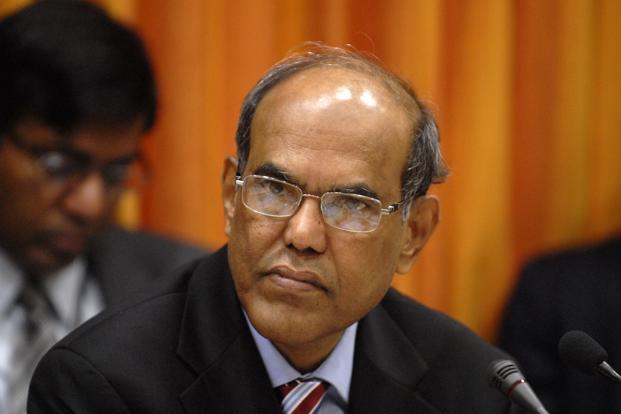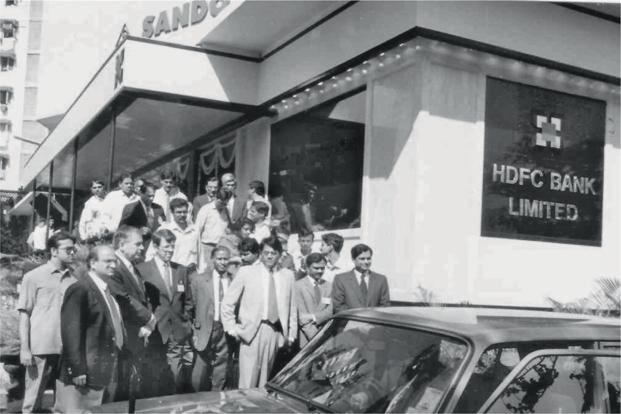Reserve Bank of India (RBI) deputy governor Subir Gokarn has hinted that the Indian central bank is close to the end of its monetary tightening cycle as inflation is likely to slow next year. If indeed inflation slows and RBI ends its record rate raising series, it will be good news for the world’s 10th largest economy.
RBI started its tightening cycle in January 2010 by raising banks’ cash reserve ratio (CRR), or the portion of deposits that commercial banks need to keep with it, and, since March 2010, it has raised its key policy rate 12 times.
The last round of rate hike happened on 16 September and the mid-quarter review of monetary policy explicitly said RBI would not change its stance unless inflation comes down. While inflation is likely to slow from December, RBI has got new worries: slower transmission of monetary policy and a depreciating local currency.
The quarter percentage point rate hike on 16 September has made the cost of money dearer for banks when they borrow from RBI but there is no impact of the hike in the bond market as well as the credit market. The yield on the 10-year bond has not changed much and no bank has raised its loan rates. They are not eager to make the cost of money more expensive for their borrowers as they feel there won’t be too many takers for loans if they raise rates.
Year-on-year bank credit has grown 20.4%, higher than what RBI had projected for fiscal 2010, but in the first five months of the fiscal, bank credit has grown only 3.4%, a full percentage point lower than what the industry had seen in the corresponding period last year. Corporations are not coming forth to borrow as many of them feel interest rates will come down in the next six months. Those who are willing to pay high rates may not be in a position to repay expensive loans. This means banks’ bad assets will grow and they will have to set aside money to take care of such assets. This will affect profitability. A slower transmission of monetary policy dents RBI’s ability to fight inflation.
A bigger worry is a fast depreciating rupee. From its late July level of 43.86 per dollar, the Indian rupee has depreciated 11.27% in two months. Since August, it has lost 10.84%, the most among emerging market currencies. During this time, the Korean won lost close to 10% and the Singapore dollar and the Malaysian ringgit over 7% each. Since the 16 September policy, the rupee’s fall has been 4.38%.
This is not the first time that the Indian currency is experiencing a sharp fall against the greenback. In March 2009, when the world was witnessing the worst ever credit crunch in the wake of the fall of US investment bank Lehman Brothers Holdings Inc., the rupee hit its lifetime low of 52.17 to a dollar, losing one-third of its value in 16 months. There was not much of noise at that time as inflation was low and economy was growing at a high rate.
This time around, many analysts and economists want RBI to aggressively intervene and stall the sharp depreciation of the rupee as a weak currency makes imports more expensive and pushes up inflation. RBI, according to them, should not hesitate to sell dollars as it has piled up $317 billion of foreign exchange reserves. Indeed, RBI had intervened in the market a few days ago and because of this the local currency has not breached the 50 level as yet but, overall, the intervention has been mild.
Gokarn has said volatility in the foreign exchange market is “a part of the game” and RBI would intervene only to smoothen excessive volatility but not to protect the currency at any particular level. One thing for sure is that RBI’s tolerance level for exchange rate volatility has gone up substantially but the larger debate is whether the central bank should use intervention in the exchange market as a tool to fight inflation and its efficacy vis-a-vis the interest rate tool.
A week rupee benefits exporters as they earn more rupees per dollar but raises the cost of imports as one needs to spend more rupees to buy dollars. Exports as a percentage of India’s gross domestic product (GDP) is 14.7% for goods and 7.6% for services. When it comes to imports, goods account for 20.4% of GDP and services 4.9%. India imports 75% of crude that it requires and petroleum products have 10.26% weight in the Wholesale Price Index.
Theoretically, the rupee depreciation will deny India the benefit of the fall in global commodity prices but if RBI wants to stem the fall of the rupee by selling dollars, it has implications for the liquidity in the system. For every dollar it sells, an equivalent amount of rupee is sucked out of the system. The banking system’s daily average cash deficit is about Rs 68,000 crore in past one week and the deficit will grow with RBI’s dollar sale. The central bank wants the system to run a deficit of about 1% of the banking industry’s deposit base, which works out to be around Rs 55,000 crore currently.
A higher liquidity deficit will disrupt the money market and RBI will probably have to buy bonds from banks through its so-called open market operation to infuse liquidity.
The other option of liquidity infusion is cutting CRR, which can’t happen as RBI wants to follow a tight money policy. Simply put, an aggressive intervention in currency market may create bigger problem by disrupting the money market. If there is an acute dollar shortage—this doesn’t seem to be the case at this point—RBI can open a dollar window for banks.


